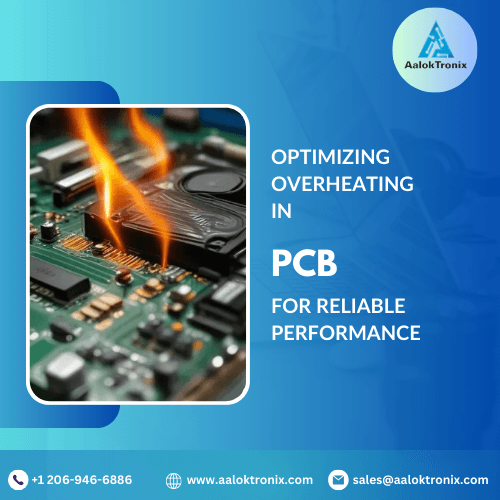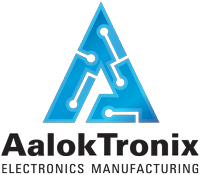Overheating, a critical concern in PCB assembly, refers to the excessive temperature exposure of electronic components or the PCB substrate, leading to potential performance degradation and component malfunctions.
Understanding the root causes, potential effects, and effective solutions for managing overheating risks is essential for maintaining the integrity and functionality of printed circuit boards.
In this comprehensive exploration, we will delve into the underlying causes of overheating, analyze its potential impacts on PCBs, and provide practical strategies and best practices for preventing and addressing overheating challenges in PCB assembly.

Causes of Overheating:
Overheating can arise from various factors, including inadequate thermal management, inefficient heat dissipation, or the presence of high-power components in close proximity.
Factors such as poor ventilation, insufficient heat sinks, or the accumulation of dust and debris on the PCB surface can contribute to the buildup of excessive heat, leading to potential performance degradation, accelerated component aging, or thermal-induced stress within the PCB assembly.
Impacts of Overheating on PCBs:
The presence of overheating can have significant implications on the performance and longevity of PCBs, particularly in terms of component reliability and operational efficiency.
Overheating can lead to the premature aging of electronic components, degradation of semiconductor properties, or potential thermal-induced stress, resulting in reduced component lifespan and increased susceptibility to operational failures.
Furthermore, overheating can compromise the structural integrity of the PCB substrate, leading to the delamination of copper traces, expansion of PCB material, or potential mechanical failures during the device’s lifecycle.
Identifying Overheating:
Identifying overheating requires a comprehensive assessment of the temperature distribution and thermal profiles within the PCB assembly, focusing on the presence of hotspots, thermal gradients, or temperature fluctuations across the electronic components and the PCB substrate.
Overheated components or areas affected by overheating typically exhibit elevated temperatures, irregular thermal patterns, or visible signs of thermal stress, indicating potential performance degradation or thermal-induced anomalies.
Implementing thermal imaging techniques or temperature sensors can aid in the accurate identification and assessment of overheating risks during the inspection process.
Best Practices for Managing Overheating:
To manage the risks of overheating and ensure robust temperature regulation in PCB assembly, implementing targeted best practices and preventive strategies is crucial throughout the design and manufacturing processes.
Incorporating efficient thermal design principles, such as the strategic placement of heat sinks, the integration of cooling fans, or the implementation of thermal vias and conductive traces, can aid in promoting optimal heat dissipation and regulating the temperature distribution within the PCB assembly.
Conducting comprehensive thermal simulations and analyses to evaluate the thermal performance of the PCB layout and component arrangement can aid in identifying potential overheating risks and implementing proactive thermal management solutions.
Implementing advanced cooling technologies, such as liquid cooling systems or phase change materials, can provide effective temperature control and minimize the risk of overheating, particularly for high-power or high-density PCB assemblies.
Conducting regular thermal monitoring and performance testing can further enhance the detection and prevention of overheating issues, ensuring the production of high-quality, reliable PCB assemblies and electronic products.
Conclusion:
In conclusion, comprehensively understanding the challenges of overheating in PCB assembly is pivotal for safeguarding the reliability and performance of electronic devices and systems.
By addressing the root causes, assessing the implications, and adopting best practices and preventive strategies, manufacturers and electronics enthusiasts can significantly enhance the temperature regulation and thermal management of their PCB assemblies, contributing to the development of robust, high-functioning electronic applications and technologies.
